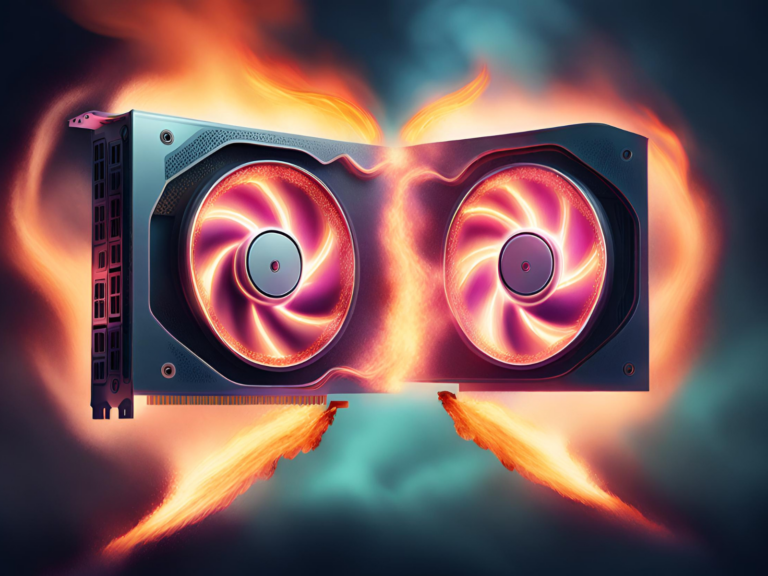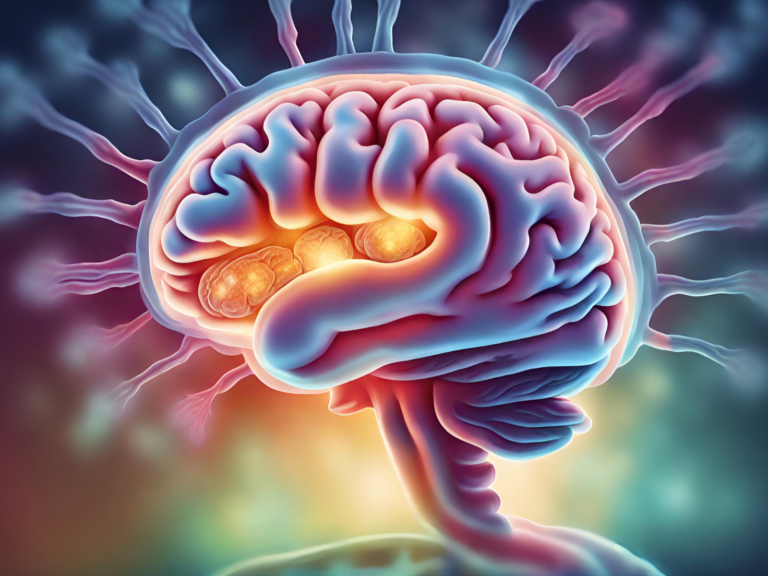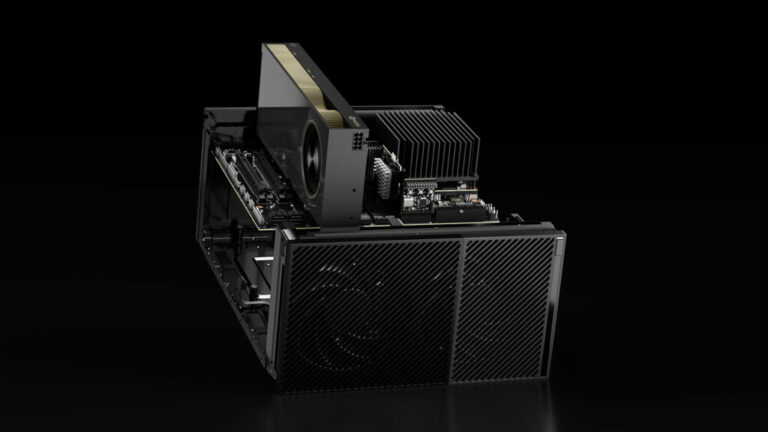Abstract Features and Semantic Gap in Deep Learning
In the rapidly evolving field of deep learning, the concepts of abstract features and the semantic gap play pivotal roles in the development and performance of models. Understanding these concepts is crucial for researchers, developers, and enthusiasts aiming to push the boundaries of artificial intelligence (AI). This blog post delves into the nature of abstract features, explores the semantic gap in deep learning, and discusses strategies to bridge this gap.
Understanding Abstract Features
Deep learning models, especially those based on neural networks, learn to perform tasks by extracting features from raw data. These features range from simple and easily interpretable to complex and abstract. Abstract features are high-level representations that the model learns in the deeper layers of a neural network. Unlike simple features, such as edges or colors in image processing, abstract features encapsulate complex patterns that are not immediately obvious to human observers.
For example, in image recognition, while the initial layers of a convolutional neural network (CNN) might focus on detecting edges or textures, the deeper layers combine these simple patterns into more abstract representations, such as parts of objects or even entire objects. These abstract features are crucial for the model’s ability to make sense of diverse and complex data inputs.
The Semantic Gap Challenge
The semantic gap refers to the discrepancy between the low-level data features that machines understand and the high-level conceptual understanding that humans naturally possess. In essence, while a deep learning model might excel at identifying and manipulating patterns in data, interpreting these patterns in a way that aligns with human understanding remains a significant challenge.
This gap is most evident in tasks requiring a deep understanding of context, nuance, and the abstract relationships between entities. For instance, a model might recognize the objects in an image but fail to grasp the story the image tells or the emotions it conveys.
Bridging the Semantic Gap
Bridging the semantic gap in deep learning is an ongoing area of research, with several approaches showing promise:
- Improved Model Architectures: Innovations in neural network architectures, such as attention mechanisms and transformers, enhance the model’s ability to capture contextual and relational information, thereby reducing the semantic gap.
- Incorporating External Knowledge: Integrating external knowledge bases with deep learning models can provide additional context and semantic understanding. Techniques like graph neural networks (GNNs) allow models to leverage structured data, enhancing their ability to reason about relationships and abstract concepts.
- Multimodal Learning: Combining data from multiple sources or modalities (e.g., text, images, and sound) can enrich the model’s understanding. Multimodal models are better equipped to interpret complex scenarios that require synthesizing information from diverse inputs.
- Interpretability and Explainability: Developing models that are not only accurate but also interpretable can help bridge the semantic gap. By understanding how models arrive at their decisions, researchers can refine them to better align with human conceptual models.
Conclusion
The journey to bridge the semantic gap in deep learning is both challenging and exciting. As models become more sophisticated and our approaches to training them more nuanced, the gap narrows, leading to AI systems that better understand and interact with the world in a human-like manner. Through continued research and innovation, the goal of creating AI that truly understands the richness and complexity of human semantics seems increasingly attainable.







